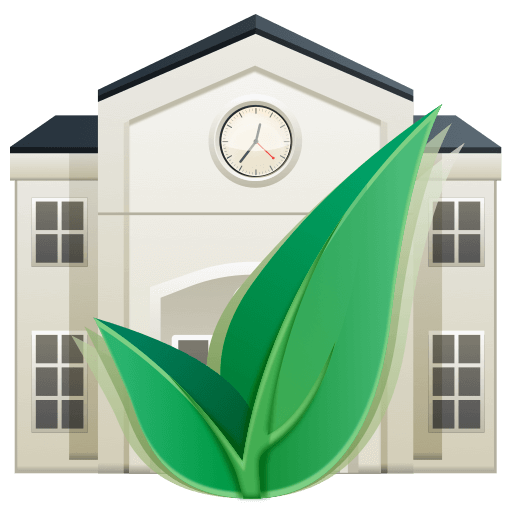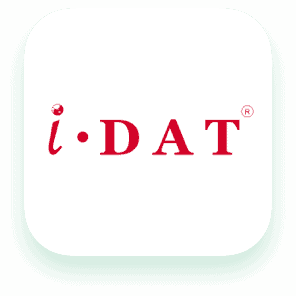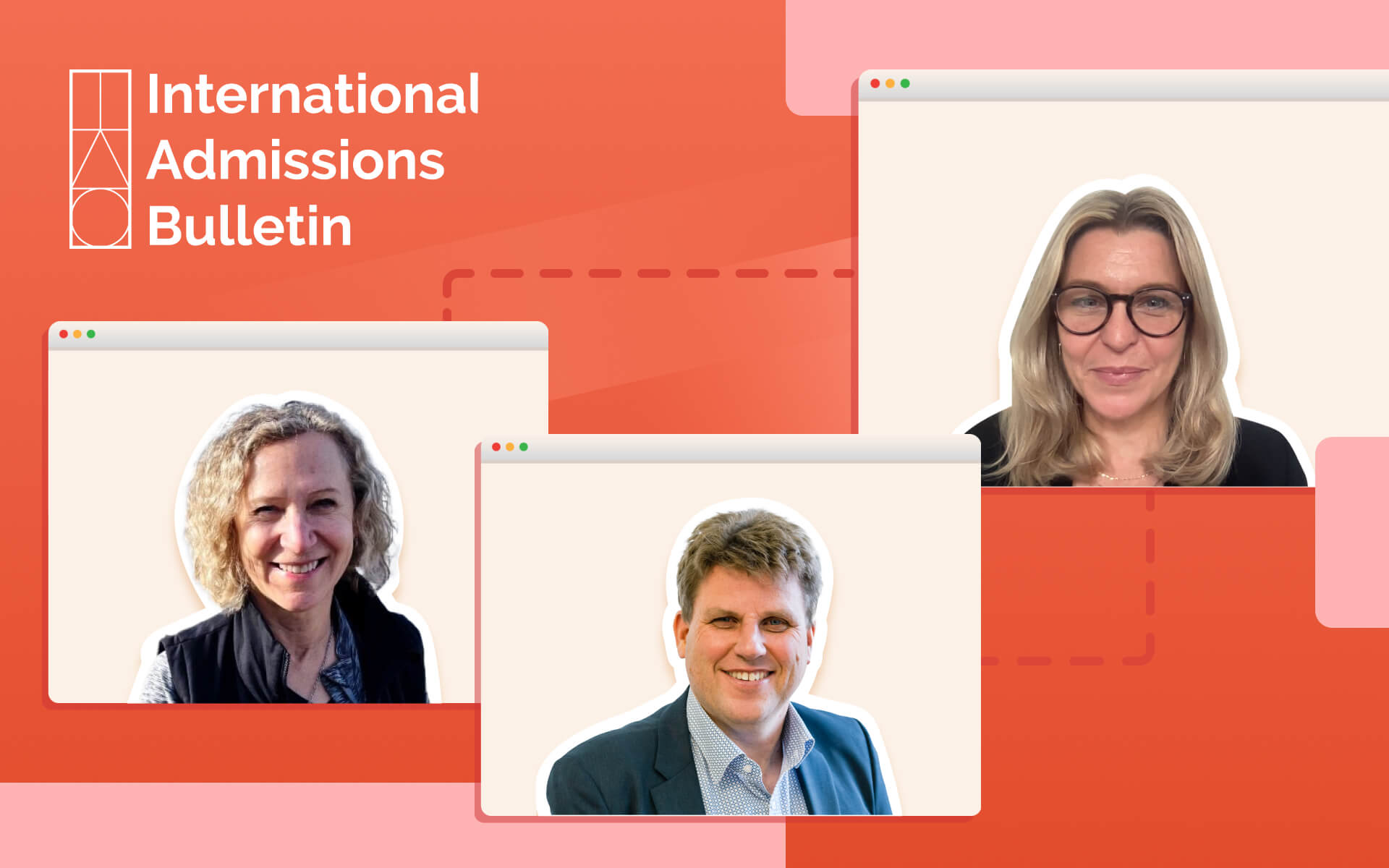What happens when an admissions manager, an admissions officer and a director of student support services at an international school develop a community of practice? Here we explore how routine admissions/student support services meetings led to the formation of a community of practice that benefited students and led to professional growth and improved outcomes.
Opportunities for professional growth in international schools have multiplied in the digital era with the proliferation of online conferences and webinars and this tendency has been accentuated by the pandemic. Parallel to the digital phenomena, reliance on external conferences or invited speakers has also been increasingly replaced by the growth of in-house professional growth opportunities through coaching, mentoring, and teaching and learning communities (TLCs).
Yet all of these forms of professional growth, both the old and the new, require additional preparation and meeting time on top of the work we already do.
Professional growth and learning organizations
Professions require on-going learning in order to keep up with the latest research and developments in their field. Professional growth helps to keep practitioners current, competent, proficient and progressing in their knowledge, skills and experiences. By embracing Peter Senge’s concept of being a “learning organization,” schools are better equipped to respond to challenges and changes, as well as support professional growth. In its most complete form, a learning organization is one in which individuals work, and work together, at their best. There is a willingness to be wrong and accept others’ ideas, to bring together different parts of the school to create a collective vision with the belief that the whole is something besides (and better) than its parts. To be a learning organization focused on improved outcomes for students, schools and the individuals within must embrace ongoing learning and professional growth.
The best professional development available for you might be right under your nose
The concept of Communities of Practice provides the opportunity for job-embedded professional growth – whether you are intentional about it or not!
Three main components work together to create a community of practice:
- An identity is defined by a shared domain of interes
- Mutually beneficial joint activities, discussions, and shared information
- Sustained practice involving shared resources to solve recurring problems
Expertise
Student support servicesAdmissionsInstitutional navigation
Skills
LeadershipCommunicationsIntercultural
Understandings
Students in learning supportStudents from local communityThird culture students
The Admissions / Student Support Services Community of Practice at ISB
Jeannie Anthony (Head of Student Support Services), Robin Berting (Admissions Manager) and Sara Sulaimani (Admissions Officer) met weekly for three years to discuss learning support numbers and the status of individual inquiries in the pipeline. Little did we know it at the time, but the three of us were establishing a community of practice. We coalesced around shared concerns, interests and purpose, became authentically engaged in learning from each other, and created improved outcomes for students, colleagues and the school. We all became better at our work – and looked forward to our weekly meetings together.
Bringing one’s expertise to the table and learning from others
Each of us came with our own strengths, some related to our formal roles and other more subtle expertise from our own particular experiences or passions.
Developing common voice as a community of practice within a learning organization
Managing expectations coherently was an important goal of the team’s weekly meetings. As any admissions professional will tell you, it is important for all stakeholders who are involved in the admissions process to be on the same page when communicating with families. We developed our common voice as we tackled complex challenges together such as:
- Interpreting documents (school reports, recommendations, and diagnostic tests) in a wide range of languages and from an even wider range of curricula or school systems
- Dealing with culturally entrenched attitudes towards learning support testing and perceived “labeling” of students, or parents in denial about their own children’s needs
- Understanding the intersection between English as an Additional Language needs and different kinds of learning support needs
- Communicating the school’s vision of support for a student’s needs with local psychologists or other local providers
- Liaising with a variety of internal stakeholders such as finance or communications departments and division principals to balance economic with pedagogical needs
Our community of practice was able to thrive within the learning organization that is the International School of Brussels. Other stakeholders within the school, from division leaders to communications and finance departments, were part of the conversations – in fact, had to be part of the conversations – and a shared vision enabled all involved to learn from each other and we grew and moved forward as an institution. Our community of practice improved our systems and routines. Working together we gained a wider range of perspectives which led to better informed decisions leading to improved student outcomes. It was at times challenging yet we enjoyed ourselves thoroughly doing it.
It has been two years since we ended our meetings as Jeannie and Robin no longer work at ISB but they have taken with them a treasure of increased knowledge, skills, and understandings from their time working together in a community of practice. And according to Sara, weekly meetings between the new Director and the Assistant Director of Inclusion and Challenge and the admissions team continue at ISB, now embedded in the school’s DNA to the continued benefit of ISB students, families, professionals, and the organization as a whole.
As learning organizations, good schools look for creative ways to support professional growth. It can come in an increasingly wide range of forms, but the often overlooked yet perhaps most valuable (and cost efficient in terms of time and money) might be right in front of you in the form of a community of practice!
Form Your Own Community of Practice
You might already be in a community of practice without realizing it – just like us! Refer to the definition on the opposite page and consider regular meetings you have with colleagues outside of admissions. It might be the learning support department (like us) or perhaps it is communications, marketing or finance… or maybe division heads or a heterogeneous admissions committee.
Do you have a shared domain of interest? Do you discuss issues or situations in such a way that you are learning from each other and becoming better at what you do? Is this sustained over a long period of time and does your organization benefit from it?
If the answer is yes, then you are already part of a community of practice! Or perhaps an element is missing – for example, you don’t meet regularly enough or your conversations are too limited. Discuss these ideas with your colleagues and reconsider how you meet so that you can create a community of practice and benefit mutually.
Want to chat? We’d be happy to help.
Endnotes
- Senge, P. M. (2012). Schools that learn: A fifth discipline fieldbook for educators, parents, and everyone who cares about education
- Wenger, E. and Wenger-Trayner, B. (2015). Communities of practice: A brief introduction
















 All Services
All Services